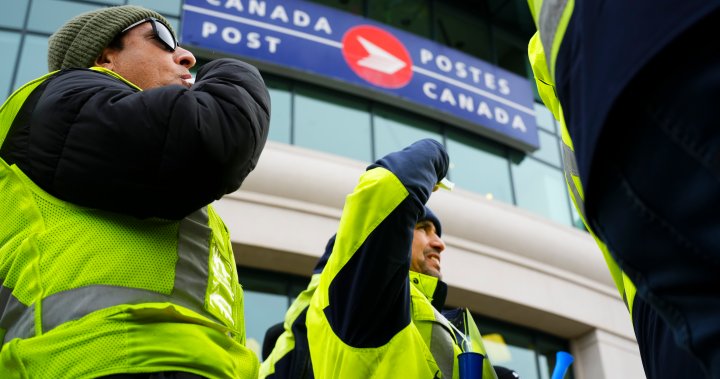The Canada Post Strike: A Deep Dive into the Ongoing Dispute
The Canadian postal service has been grappling with a significant labor dispute, culminating in a strike by over 55,000 workers represented by the Canadian Union of Postal Workers (CUPW). This strike, which has now surpassed the four-week mark, stems from several unresolved issues between the union and Canada Post management. Key sticking points include wage disparities, the proposed expansion of delivery services to weekends, and the resulting staffing implications. The protracted nature of the strike has sparked growing concerns about its impact on the Canadian economy and the timely delivery of essential mail and parcels, particularly during the busy holiday season.
The conflict escalated further when Canada Post issued temporary layoff notices to hundreds of striking workers in late November. This action prompted the CUPW to file an unfair labor practice complaint with the Canada Industrial Relations Board, alleging that the layoffs were a retaliatory measure against the striking workers. While a mediated settlement has been reached, requiring Canada Post to rescind the layoff notices, the underlying tension remains. Canada Post maintains its right to adjust staffing levels in the future if deemed necessary, leaving open the possibility of further conflict.
Negotiations between the two parties have stalled, with federal mediation efforts paused for over two weeks due to the significant gap between their respective positions. Both sides have publicly criticized each other’s proposals, further entrenching their positions. The CUPW argues for fair wages and job security for its members, particularly in light of the proposed weekend delivery expansion, which they believe necessitates additional hiring and adequate compensation. Canada Post, on the other hand, emphasizes the need for operational efficiency and cost-effectiveness in a rapidly changing postal landscape.
The impact of the strike is being felt across the country, with businesses and individuals experiencing delays in mail and parcel deliveries. The disruption is especially concerning for small businesses that rely heavily on the postal service for shipping and receiving goods, and for individuals awaiting time-sensitive documents and medications. The ongoing strike also poses a challenge to the delivery of holiday gifts and cards, adding to the stress of the season.
Pressure is mounting on the federal government to intervene and resolve the impasse. Opposition parties have called on the government to take a more active role in facilitating negotiations and bringing an end to the strike. However, the government has maintained that the best solutions are reached through collective bargaining between the parties involved. While acknowledging the disruption caused by the strike, the government insists on respecting the collective bargaining process and refraining from direct intervention. This stance has drawn criticism from some quarters, with calls for more decisive action to protect the interests of Canadians and the economy.
The Canada Post strike underscores the complex dynamics of labor relations in a changing economic environment. The demands of the union for fair wages and job security clash with the company’s focus on cost-containment and operational efficiency. The impasse highlights the challenges of balancing the rights of workers with the need for a sustainable and competitive postal service. The resolution of this dispute will require compromise and a willingness from both sides to address the underlying concerns that have fueled the conflict. As the strike continues, the pressure on both parties to find a resolution intensifies, with the hope of restoring normal postal services and minimizing the disruption to Canadians.










